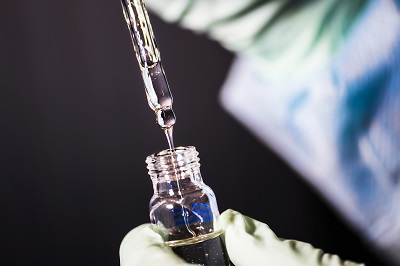What are the processes, required documents, and considerations for Class C medical device registration with CDSCO in India?
Release time:2024-08-29 14:55:44
The author:
source:
Classify Your Device: Ensure your device is classified as Class C based on CDSCO guidelines.
For Class C medical device registration with the Central Drugs Standard Control Organization (CDSCO) in India, follow these detailed processes and consider the required documents:
Processes
Preparation
- Classify Your Device: Ensure your device is classified as Class C based on CDSCO guidelines.
- Gather Documentation: Compile all necessary documents, ensuring they meet CDSCO standards.
Online Application
- Register on SUGAM: Create an account on the CDSCO SUGAM portal (SUGAM Portal).
- Complete Application Form: Fill out the application form for Class C medical device registration.
- Upload Documents: Submit required documents and attach them to the application.
Fees
- Payment: Pay the registration fee online through the SUGAM portal.
Review Process
- Initial Review: CDSCO will review the submitted application and documents.
- Request for Additional Information: CDSCO may request further details or clarification.
- Inspection: An on-site inspection of the manufacturing facility may be conducted.
Approval
- Certification: Once the review and inspection are satisfactory, CDSCO will issue the registration certificate.
Post-Approval
- Compliance: Adhere to CDSCO regulations for post-market surveillance and reporting.
- Renewal: Monitor and apply for renewal of the registration as needed.
Required Documents
Application Form
- Completed and submitted via the SUGAM portal.
Technical Documentation
- Device Description: Detailed information on device specifications, intended use, and operation.
- Technical File: Comprehensive details including design, materials, and manufacturing processes.
Clinical Evaluation Report
- Clinical data or studies demonstrating the safety and efficacy of the device.
Risk Management File
- Documentation of risk assessment and management strategies.
Quality Management System Certifications
- ISO 13485: Certification for quality management systems specific to medical devices.
- GMP Compliance: Proof of compliance with Good Manufacturing Practices.
Labeling and Packaging Information
- Labels: Detailed labeling information including device name, usage instructions, and warnings.
- Packaging: Information about packaging materials and methods.
Manufacturing License
- Copy of the manufacturing license from the regulatory authority of the manufacturing country.
Import License (if applicable)
- For imported devices, a valid import license issued by CDSCO.
Considerations
Documentation Accuracy
- Ensure all documents are complete, accurate, and compliant with CDSCO requirements to avoid delays.
Regulatory Compliance
- Stay updated with CDSCO guidelines and regulations, as they may change and impact the registration process.
Consultation
- Consider consulting with a regulatory expert or consultant to navigate complex requirements and ensure a smooth registration process.
Timelines and Fees
- Be aware of the registration fees and estimated processing times, which can vary based on the device and completeness of the application.
Post-Market Requirements
- Prepare for post-market surveillance and reporting of any adverse events as part of ongoing compliance with CDSCO regulations.

Contact Us:
Whatsapp or Wechat:+86 15816864648;email address:hito.lin@grzan.cn
.png)
.jpg)
.png)

.png)